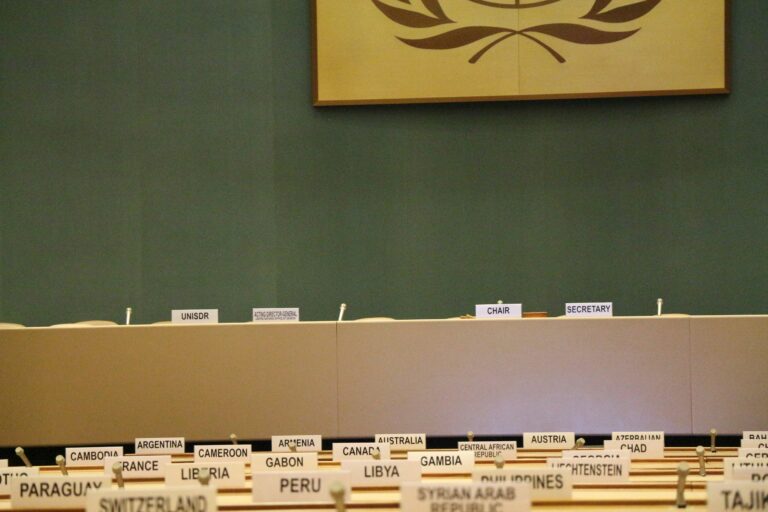
An international human rights convention called the UN Convention on the Rights of Persons with Disabilities (CRPD) seeks to uphold the rights and dignity of people with disabilities. 186 nations have accepted it since the United Nations General Assembly adopted it in 2006. The fundamental tenets of the Convention are equality, non-discrimination, and respect for human dignity.
History of the Convention
The purpose of the Convention is to address the global marginalization and prejudice that persons with disabilities experience. It recognizes that persons with disabilities are entitled to the same human rights and fundamental freedoms as everyone else. And hence, they should be able to participate freely in society. It also highlights that specific measures must be taken to alleviate the obstacles they confront in exercising their rights.
Convention on Rights of Persons with Disabilities – Key Provisions
The rights of people with disabilities are outlined in 50 articles of the Convention, along with the responsibilities of state Parties to guarantee the protection of these rights. The following are a few of the Convention’s main clauses:
-
- Non-discrimination:
Article 5 of the Convention requires States Parties to ensure that people with disabilities enjoy the same rights and freedoms as others and to forbid discrimination based on a disability.
- Accessibility:
Article 9 of the Convention requires States Parties to take action to guarantee that people with disabilities have access to the physical environment, transportation, information, and communication technologies.
- Education:
Article 24 of the Convention recognizes the right of people with disabilities to an education and obliges States Parties to guarantee that individuals with disabilities have access to inclusive educational programs.
- Employment:
Under Article 27 of the Convention, State Parties are required to take action to guarantee that individuals with disabilities have access to employment opportunities and to acknowledge the right of persons with disabilities to work.
- Independent Living:
According to Article 19 of the Convention, people with disabilities have the right to live freely and participate in society.
Rights of Persons with Disabilities: Progress and Challenges
The Convention has significantly changed the lives of people with disabilities all around the world since it was adopted. To guarantee that people with disabilities are shielded from discrimination and have equal access to opportunities and rights as others, numerous nations have enacted laws and rules. However, a great deal of work remains to be done to ensure a complete overlap between the laws and the ground reality.
The general public’s and policymakers’ lack of knowledge and comprehension of disability issues is a key obstacle to the Convention’s implementation. This ignorance translates to a lack political will to put the Convention into effect . Furthermore, laws and practices that discriminate against these people are still in place in many nations; for example, people with disabilities still encounter obstacles when trying to access services like work and education.
Conclusion
An important international human rights instrument that works to uphold the rights and dignity of people with disabilities is the UN Convention on the Rights of Persons with Disabilities. Even if the Convention is being implemented more successfully now, much effort needs to be made to guarantee that the rights of people with disabilities are completely fulfilled.
To guarantee that people with disabilities’ rights are upheld and respected, governments, civil society organizations, and the commercial sector must collaborate to increase public knowledge of disability issues and encourage the inclusion of people with disabilities in all spheres of society.


